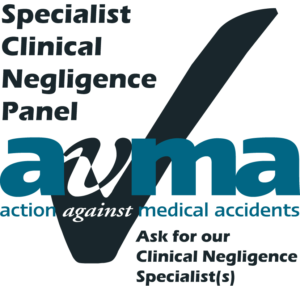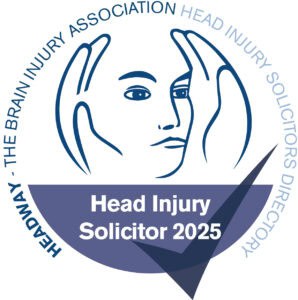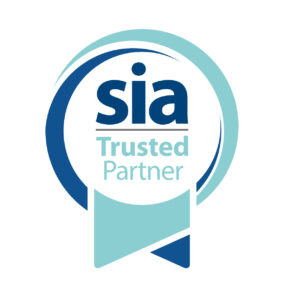
What is Martha’s Rule? A new way to speak up for your child’s care
When your child is unwell in hospital, it’s natural to feel worried and want to make sure they’re getting the best care possible. A new NHS safety initiative called Martha’s Rule is being introduced to help families like yours speak up if you are concerned about your child’s condition and feel their medical team isn’t acting quickly enough.
What is Martha’s Rule?
Named after Martha Mills, a 13-year-old who tragically passed away from sepsis in 2021, this rule empowers families to request an urgent review of their loved one’s care.
Martha had been admitted to King’s College Hospital in London with a pancreatic injury after falling off her bike. Her treating team failed to escalate her to intensive care, despite her family making their concerns known. A coroner later ruled Martha would probably have survived had she been moved to intensive care earlier.
Martha’s parents have campaigned tirelessly for change, and their efforts are now helping to make hospitals safer for everyone, with nearly 150 hospitals across England committed to implementing Martha’s Rule by March 2025.
The three parts of Martha’s Rule
Under Martha’s Rule:
- All staff in NHS trusts must have 24/7 access to a rapid review from a critical care outreach team, who they can contact should they have concerns about a patient.
- All patients, their families, carers, and advocates must also have access to the same 24/7 rapid review from a critical care outreach team, which they can contact via mechanisms advertised around the hospital, if they are worried about the patient’s condition.
- The NHS must implement a structured approach to obtain information relating to a patient’s condition directly from patients and their families at least daily.
How does Martha’s Rule work in practice?
If your child’s condition is worsening and you feel your concerns aren’t being addressed, Martha’s Rule gives you a clear way to escalate the situation. Here’s how it works:
- Daily checks: You’ll be asked regularly if you think your child is getting better or worse. If you raise concerns, staff must record and act on them.
- Speak up at any time: You can call a dedicated telephone number, 24/7 for immediate help and advice and to request an urgent review if you’re worried your child’s condition is getting worse.
- NHS reporting: NHS staff also have access to the dedicated telephone number and can request an urgent review if they have concerns about a patient’s condition.
When making the call, you’ll need to provide:
- Your child’s name;
- The ward they’re on;
- A short explanation of your concern;
- Your contact details.
A senior clinician, who was not previously involved in your child’s care, will independently review your child’s medical records, conduct a physical examination if necessary, and speak to you and if appropriate your child, to understand your concerns.
They can escalate care if necessary and the treating clinician will then either confirm the current treatment plan or recommend changes based on the independent clinician’s review. This decision will be communicated clearly to you, and appropriate actions will be taken based on the clinician’s findings.
Why is this important?
Early signs of deterioration in a child’s health can sometimes be missed and sadly the case of Martha Mills wasn’t an isolated one. In our Child Brain Injury team at Bolt Burdon Kemp, we frequently act for children whose parents’ concerns about their child’s deteriorating condition are ignored.
In one especially tragic case, our client’s mother was shouting at the nurses to get help because she feared her child was having a stroke, but the nurses responded by telling her to be quiet or they would move the child to the end of the ward to avoid disturbing other patients. Had there been an urgent review at that point, our client would have avoided a devastating, permanent, catastrophic brain injury from a deep and widespread stroke later that day.
The pilot programme for Martha’s Rule has already shown that raising concerns can make a real difference. In just a few months, more than 500 calls were made to escalate worries about patients, with many leading to life-saving changes in treatment.
Will speaking up affect my child’s care?
You might worry about how raising concerns could affect your relationship with the medical team. But Martha’s Rule is designed to work alongside your child’s existing care, ensuring their safety is always the top priority.
It also supports hospital staff by encouraging teamwork and improving communication within the team and with patients, families and carers.
A step towards safer care
As a parent, you know you child better than anyone. Martha’s Rule ensures your voice is heard and your concerns are taken seriously. It’s a vital step towards improving trust and safety in our hospitals.
If your child is ever in hospital and you feel something isn’t right, don’t hesitate to use this new pathway. It’s there to help protect your child and give you peace of mind.
But if you’re worried your child may have suffered injury because your concerns were not addressed, please get in touch with one of our friendly and knowledgeable solicitors to see how we can help.
For more information about Martha’s Rule and the hospitals implementing it, visit the NHS England website.








